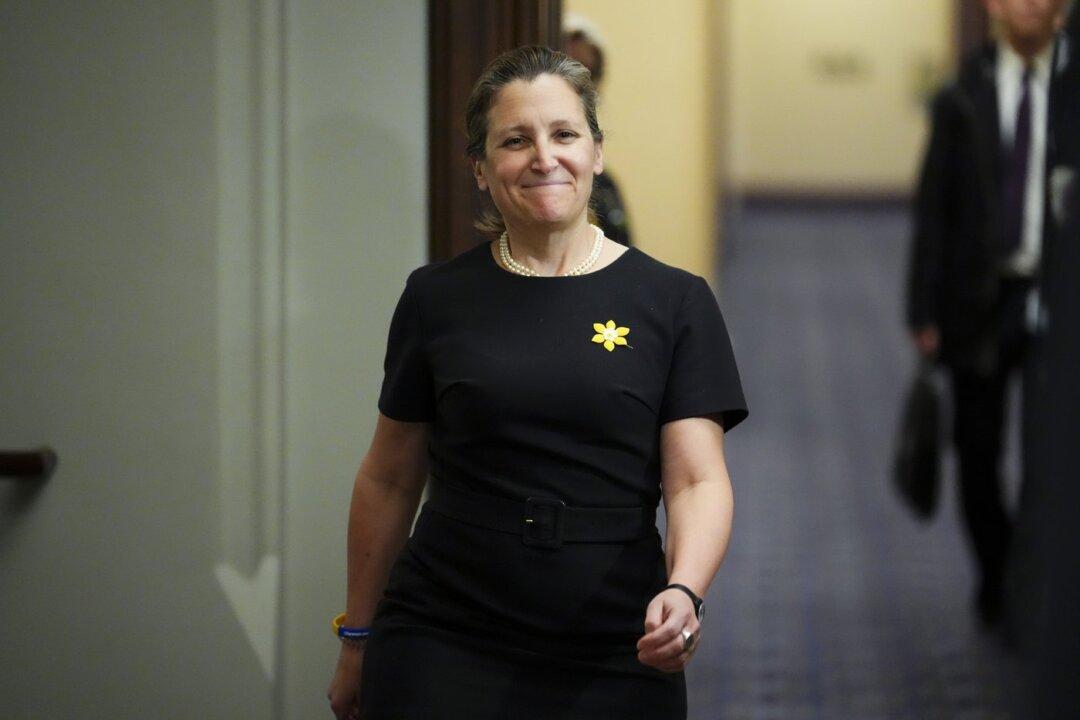Canada’s senior population is set to outpace its number of children by 2030 due to the country’s increasing average age combined with its low fertility rate, says a federal government report.
In the 2020 “Actuarial Report On The Old Age Security Program” Canada’s chief actuary, Assia Billig, projected that the country’s population made up of citizens aged 0-19 will gradually decrease over the next eight years until it finally dips below the number of Canadians aged 65 and older in 2030, as first reported by Blacklock’s Reporter.





